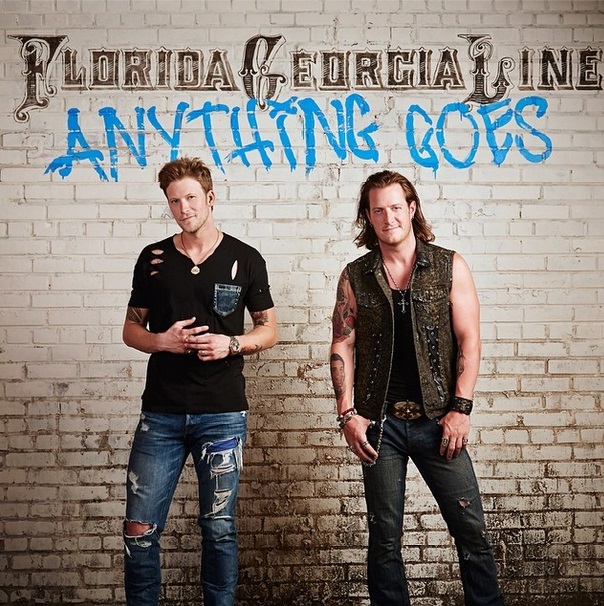Welcome to Wordplay Thursday!
Today, I’m going to give you a topic, and the wordplay is to show that topic with ONLY sensory images (sight, smell, taste, touch, sound). The point is to have fun with the old Nashville advice that says, “Show me, don’t tell me.” You can just pick one sense, or you can challenge yourself by playing one image from each of the 5 senses.
Last week, we dove into the topic of “High School” (and ya’ll did great- read it here). This week, let’s challenge ourselves by writing about an even smaller part of that topic. Let’s dive deeper. This week, let’s stay in high school paint a picture about your…
“Locker”
Here’s an example to get you started:
“My locker is blue, just like every other one in this hallway. The girl next to me has a magnetized mirror inside her door, and she’s fooling around with her hair. My black football cleats stink of sweat and the practice field and leave grass clots on my Algebra 1 book.”
Now it’s your turn. Show me, don’t tell me!
Oh, and please keep your posts below an R-rating. It’s a family show, after all…
And thanks to Matt Martoccio, Ken Matthiessen, Debbie Convoy, Barney Coulter, Jerry Childers, Tomas Giraitis, Nick S., Kim Kondrashoff, and everyone else (here and on Twitter and Facebook) for your great additions to Wordplay Thursday #128 (read it here)! Great job!
Since strong imagery is such an important part of professional-level songwriting, I’ve put together a course on imagery. It’s called, “Use Imagery To Supercharge Your Songwriting (Like The Pros Do)” and it’s available now. And this week, you can get my new course at a discounted price!
The live ONLINE workshops for “Use Imagery To Supercharge Your Songwriting (Like The Pros Do)” are now available for only $60.
That’s 33% off!
This is for a limited time, so don’t delay. The workshops are on February 16 and 18, and a ticket comes with ALL the materials for the full course:
*2 hours of video teaching
*1 hour of audio (great for listening on-the-go)
*50-page ebook
*course workbook
And, of course, you get an hour of additional coaching on the live, online workshop. As long as you have an internet connection, you can join us! (We’ll be using the Fuze online platform, which is free.)
By the end of the course, you’ll have the basic skills to:
- Effectively use both literal and figurative imagery.
- Make your story come to life using imagery.
- Prove your character’s personality using imagery.
- Make your listener connect to your character’s emotions using imagery.
- Hook your listener in the song’s first few lines using imagery.
- And to begin more songs (more easily) using imagery exercises as the start of your songwriting process.
To find out more, just…
CLICK HERE FOR THE FEB. 16 ONLINE WORKSHOP AND COURSE.
CLICK HERE FOR THE FEB. 18 ONLINE WORKSHOP AND COURSE.
God Bless,
Brent
Brent Baxter is a hit songwriter with cuts by Alan Jackson, Randy Travis, Lady Antebellum, Joe Nichols, Gord Bamford, Ruthie Collins, Ray Stevens, and more. He’s written a top 5 hit in the US and a #1 in Canada… so far.




















